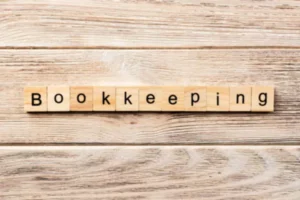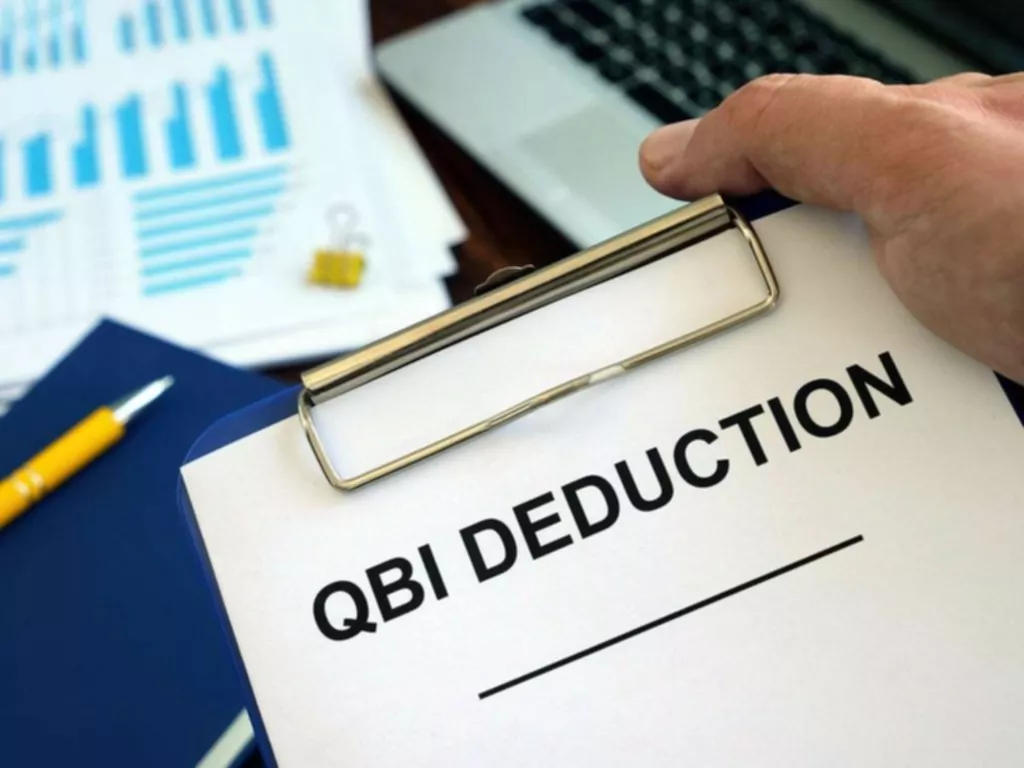Content

Our company pays a tax rate of 30%, and it saves $1,500 in taxes by expensing the interest. We calculate that by taking $5,000 in interest expense by 30% tax rate, giving us a $1,500 write-off. To calculate the after-tax cost of debt, we would take that 5% and multiply that by one minus the marginal tax rate, which is currently 21% for the US. For example, a company has total debt on its balance sheet of $100 million and pays $5 million in interest expense each year. Bonds are the most common form of debt on a company’s balance sheet. Company’s use bonds offerings to raise cash for capital projects and various other items.

Transform the way your team collaborates with Confluence, a remote-friendly workspace designed to bring knowledge and collaboration together. Say goodbye to scattered information and disjointed communication, and embrace a platform that empowers your team to accomplish more, together. The Discounted Cash Flow Analysis is a valuation method that helps to estimate the value of an investment.
Business Loans That Can Help Your Business Credit
Next, we’ll calculate the interest rate using a slightly more complex formula in Excel. Each year, the lender will receive $30 in total interest expense twice. Adam Hayes, Ph.D., CFA, is a financial writer with 15+ years Wall Street experience as a derivatives trader. Besides his extensive derivative trading expertise, Adam is an expert in economics and behavioral finance. Adam received his master’s in economics from The New School for Social Research and his Ph.D. from the University of Wisconsin-Madison in sociology.
- The cost of debt and the cost of equity are part of the discount rate we use in a DCF (discounted cash flow) model to find the future value of those cash flows.
- For example, a company has total debt on its balance sheet of $100 million and pays $5 million in interest expense each year.
- Instead, repayment is generated through returns on shares, like dividends and valuations.
- Most companies use debt strategically in order to keep capital on hand that will finance growth and future opportunities.
- Debt financing tends to be less expensive and comes with tax benefits that help increase earnings and cash flows.
- By determining this ratio, you can get an idea of how much the company owes compared to it’s assets.
The face value of the bond is $1,000, which is linked with a negative sign placed in front to indicate it is a cash outflow. Since the interest rate is a semi-annual figure, we must convert it to an annualized figure by multiplying it by two. This post is to be used for informational purposes only and does not constitute legal, business, or tax advice. Each person should consult his or her own attorney, business advisor, or tax advisor with respect to matters referenced in this post. Bench assumes no liability for actions taken in reliance upon the information contained herein.
Formula: How to Calculate Cost of Debt
Although you can use Excel or Google Sheets for bookkeeping, it’s helpful to know how to be your own cost of debt calculator. Therefore, the final step is to tax-affect the YTM, which comes out to an estimated 4.2% cost of debt once again, as shown by our completed model output. As a preface for our modeling exercise, we’ll be calculating the cost of debt in Excel using two distinct approaches, but with identical model assumptions. Remember, the discounted cash flow (DCF) method of valuing companies is on a “forward-looking” basis and the estimated value is a function of discounting future free cash flows (FCFs) to the present day. Like any other cost, if the cost of debt is greater than the extra revenues it brings in, it’s a bad investment. Don’t waste hours of work finding and applying for loans you have no chance of getting — get matched based on your business & credit profile today.
- A company’s capital structure manages how a company finances its overall operations and growth through different sources.
- The risk-free rate of return is the US Treasury bond rate converted to a local nominal rate of interest.
- The lower your interest rates, the lower your company’s cost of debt will be — you want the lowest cost of debt possible.
- To calculate the weighted average interest rate, divide your interest number by the total you owe.
- Don’t waste hours of work finding and applying for loans you have no chance of getting — get matched based on your business & credit profile today.
- The rationale behind this calculation is based on the tax savings that the company receives from claiming its interest as a business expense.
- Companies had to scramble to cut costs, deleverage, and shrink down to a size that is sustainable in today’s high-interest rate environment.
Let’s say you run a small business, and you need to borrow $10,000 to buy new equipment. You’re going to use the equipment in your business to make more money, so you can pay back the loan with interest. California loans made pursuant to the California Financing Law, Division 9 (commencing with Section 22000) of the Finance Code. All such loans made through Lendio Partners, LLC, a wholly-owned subsidiary of Lendio, Inc. and a licensed finance lender/broker, California Financing Law License No. 60DBO-44694.
How Do You Calculate KD Cost of Debt?
If all else fails, you can always use the 10-Year Treasury rates as a proxy for the interest rate for a company’s debt, especially a company relying on short-term debt as its source of financing. A company’s capital structure is one part debt and another part equity. A company’s capital structure manages how a company finances its overall operations and growth through different sources. Along with those https://www.bookstime.com/ different default rates come the higher interest rates; Microsoft, with its AAA rating, earns lower interest rates on any bond offerings than its counterpart with a lower credit rating. WACC is important to understand when looking at cost of debt because this metric is rarely looked at in isolation. This financial metric is nearly always evaluated in conjunction with the cost of equity and WACC.

Cost of debt is repaid monthly through interest payments, while cost of equity is repaid through returns, such as dividends. The YTM refers to the internal rate of return (IRR) of a bond, which is a more accurate approximation of the current, updated interest rate if the company tried to raise debt as of today. The question here is, “Would it correct to use the 6.0% annual interest rate as the company’s cost of debt? For example, a bank might lend $1 million in debt capital to a company at an annual interest rate of 6.0% with a ten-year term. The Cost of Debt is the minimum rate of return that debt holders require to take on the burden of providing debt financing to a certain borrower. Even though you’re paying your friend $100 in interest, because of the $40 in savings, really you’re only paying an additional $60.
WEIGHTED TOWARDS EQUITY (75%)
In simplified terms, cost of debt (or debt cost) is the interest expense you pay on any and all loans your business has taken out. If you have more than one loan, you’d add up the interest rate for each to determine your company’s cost for the debt. It is a tool that helps one know whether that loan is profitable for business as we can compare the cost of debt with income generated by loan amount in business. The loan can be taken for multiple reasons, from issuing bonds to buying prime machinery to generate revenue and grow business.
- Now, let’s take a look at how the numbers align in this hypothetical after-tax cost of debt calculation.
- To see if your tax savings will cover your interest expenses, you’ll use a different formula to calculate your cost of debt after taxes.
- A company’s total cost of debt is calculated by adding total interest expense and dividing it by total debt.
- In this guide, you will learn about the cost of debt, as well as how to calculate it before and after taxes have been paid.
The returns out of which our cost of capital has to be met or exceeded are the cash surpluses from our operations. Any projects or operations that don’t achieve the cost of capital will destroy value. For example, assume that the average maturity of a company’s debt is 10 years, and the company itself has a rating of BBB. Where D and E are the market values of debt and equity of the chosen comparable firm.
What Determines the Cost of Debt?
If the cost of debt is less than that $2,000, the loan is a smart idea. But if it’s more, you might want to look at other options with lower interest cost. On the other hand, you might still decide to take out that loan, https://www.bookstime.com/articles/cost-of-debt even if you spend more on interest than you save in tax deductions, if you need the money to grow your business. Now, back to that formula for your cost of debt that includes any tax cost at your corporate tax rate.
For example, let’s say your friend offers you a $1,000 loan at 10% interest, and your company’s tax rate is 40%. The effective pre-tax interest rate your business is paying to service all its debts is 5.3%. When obtaining external financing, the issuance of debt is usually considered to be a cheaper source of financing than the issuance of equity. One reason is that debt, such as a corporate bond, has fixed interest payments. The larger the ownership stake of a shareholder in the business, the greater he or she participates in the potential upside of those earnings. The cost of debt is the return that a company provides to its debtholders and creditors.
However, when interest rates began rising in 2022, borrowed money no longer looked so appealing. Companies had to scramble to cut costs, deleverage, and shrink down to a size that is sustainable in today’s high-interest rate environment. The debt may be short-term or long-term, but it is simply part of running a business.
People Are Revealing How Much Debt They Have – BuzzFeed
People Are Revealing How Much Debt They Have.
Posted: Sun, 04 Jun 2023 23:16:02 GMT [source]
The amount paid in interest expenses varies from item to item and is subject to fluctuations over time. The analyst would then use the interest rates paid by these comparably rated firms as the pretax cost of debt for the firm being analyzed. Much of this information can be found in local libraries in such publications as Moody’s Company Data; Standard & Poor’s Descriptions, the Outlook, and Bond Guide; and Value Line’s Investment Survey. In the United States, the FINRA TRACE database also is an excellent source of interest rate information. Exhibit 18.6 illustrates the calculation of WACC in cross-border transactions.
